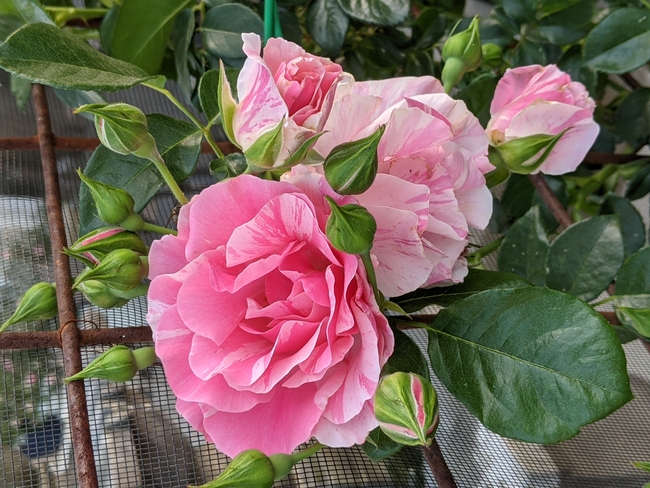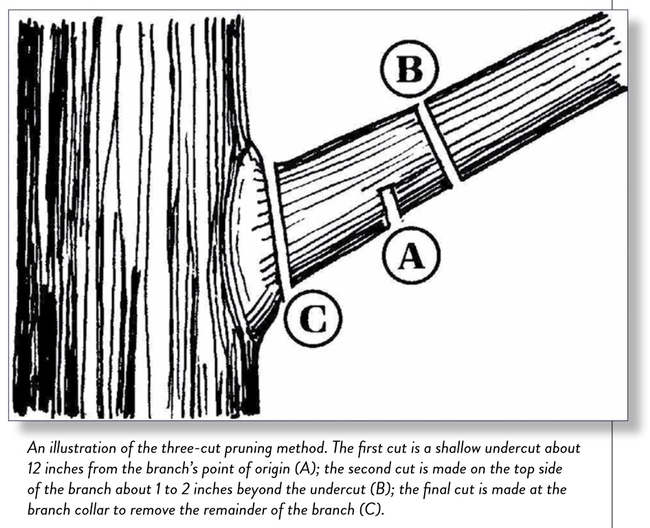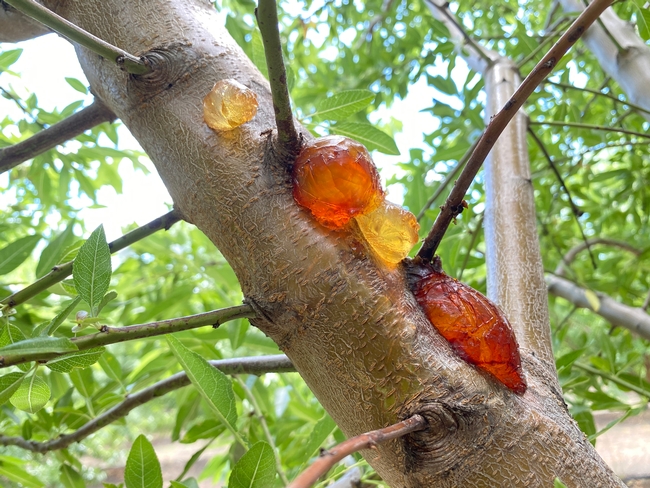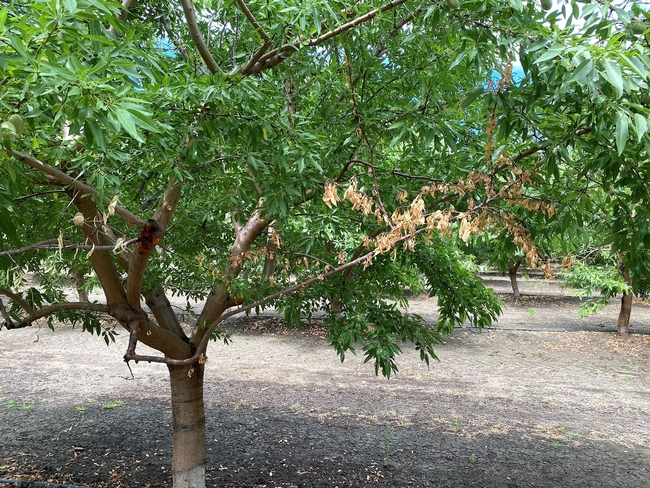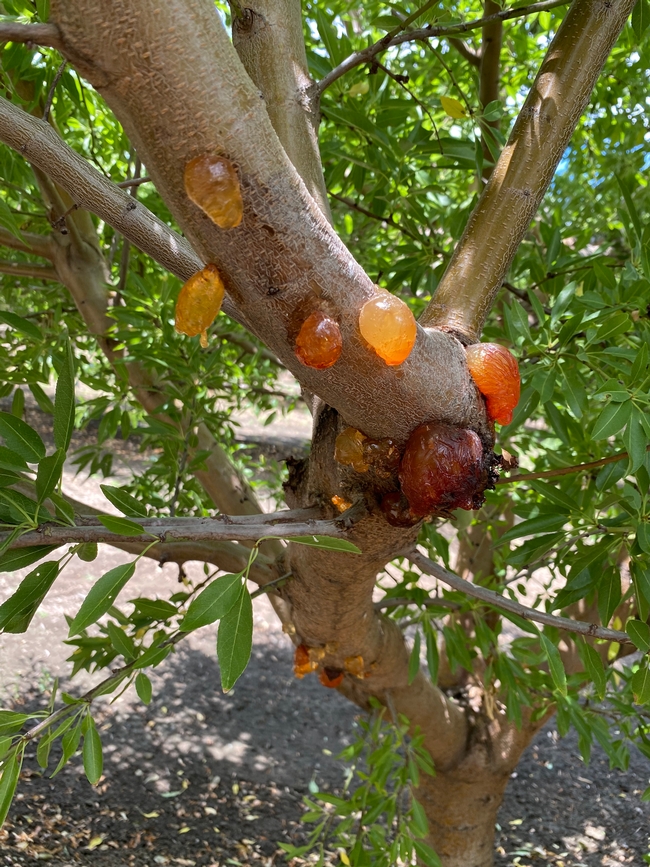- Author: Barbra Pushies
Pruning roses is not just a chore; it's an important practice for nurturing vibrant, healthy roses and fostering the beauty of your garden. In California, where the climate is favorable for growing roses, understanding the significance of pruning is key to achieving thriving and healthy roses.
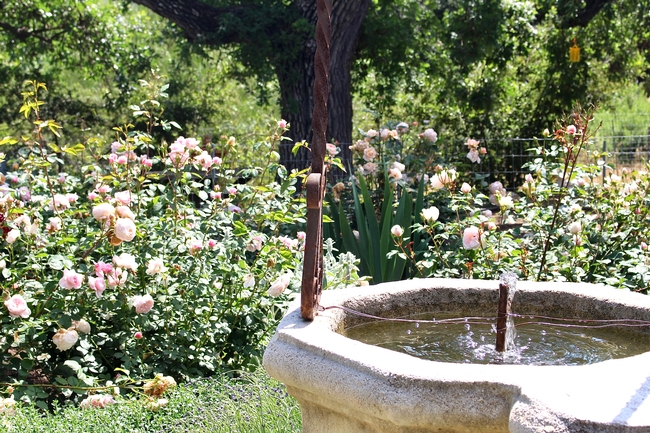
Why Prune?
Pruning isn't merely about maintaining a tidy appearance; it's about promoting the overall well-being of your roses:
- Annual pruning stimulates plant and shoot growth, leading to larger blooms and a more robust structure.
- Removing dead, damaged, or diseased canes minimizes the risk of fungal infections and pest infestations, fostering plant health.
- Thinning out dense growth improves air circulation within the plant, reducing the likelihood of fungal diseases like powdery mildew and black spot.
- Shaping the plant through pruning enhances its visual appeal, creating a more attractive landscape.
When to Prune
Timing is important when it comes to pruning roses. In California, where winters are mild, the ideal time for pruning is typically between late winter and early spring. Pruning during dormancy allows the plant to focus its energy on new growth when spring arrives.
How to Prune
Pruning may seem daunting, but with the right approach, it becomes a manageable task:
- If the plant is dormant (recommended), remove all remaining leaves.
- Use sharp, clean pruning shears and loppers to make precise cuts, minimizing damage to the plant.
- Trim back old growth by about one-third to improve visibility and encourage new growth. Remove dead, diseased, or crossing canes to maintain a healthy structure.
- Make pruning cuts approximately ¼-1/2” above an outward-facing bud. Pruning cuts should be at a 45-degree angle, sloping away from the outward-facing bud.
- Create an open, vase-like shape by removing canes from the center of the plant. This promotes airflow and sunlight penetration, which is essential for plant health.
- Clear away debris and old leaves to prevent disease spread. Consider applying insecticidal soap or horticultural oil during dormancy to control pests.
Conclusion
Pruning roses is a fundamental aspect of rose care that should not be overlooked. By understanding the importance of pruning and following basic pruning principles, you can nurture thriving roses that add beauty and vitality to your garden year after year. For more details on growing roses and pruning timelines for your area contact your local UC Master Gardener Program.
- Author: Rosie D
It is finally time to start pruning your roses! In last month's column, I talked about pruning safety: wearing gloves, sleeves that cover your arms to protect them from thorns, wearing eye protection, etc. I also wrote about preparing your bypass pruners by sharpening them and keeping them clean. For some roses, I use either a pruning knife or loppers to remove canes. I use the loppers or a pruning knife if the canes are too thick for my pruners. Also, if you want to move a rose from one spot in the garden to another, now is the best time — when they are pruned and dormant.
You are going to prune your canes to an outward facing bud. What is an outward facing bud? Buds are formed in the “axial” where the leaf meets the cane. If you look closely, you will see a little bump underneath the leaf. About one-quarter inch above that is where you are going to cut. Prune to an outside facing bud (not one facing the inside of the bush). That bud will produce a flowering cane.
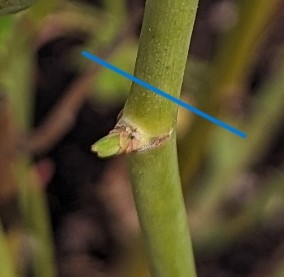
Cut out old and scarred canes. Cut out spindly canes. Cut out one or both canes that are crossing each other. Those canes can rub against each other, and diseases can then infect both canes. The center of the plant should not be crowded with canes, but open and airy. Again, dispose of the leaves and debris in the green bin.
When pruning, make sure the cane's pith is white and not dark. The pith is the center part of the cane. It should look like the inside of an apple. If it is dark, keep cutting the cane back until the pith is white. You may have to cut the cane all the way back to the soil or graft. That is OK. Those dark centers indicate that the cane is in decline or diseased. Removing it should spur new growth for your rose.
Climbers and rambling roses are pruned differently. What is a climbing rose and what is a rambling rose? A rambling rose blooms once in the spring. A climbing rose will continue to bloom throughout the spring and summer into the fall. Start to prune climbing and rambling roses only after you have had them for a couple of years. This allows them time to form nice arching canes. These are called the main canes. Keep about 4 to 6 of those nice arching main canes and prune any old, crossing, diseased canes from the bush. Those arching canes will have lateral canes that come out from them. Cut those lateral canes to about 3 to 5 axials (where the leaves come out). Those lateral canes are the ones that will be producing flowers in the spring.
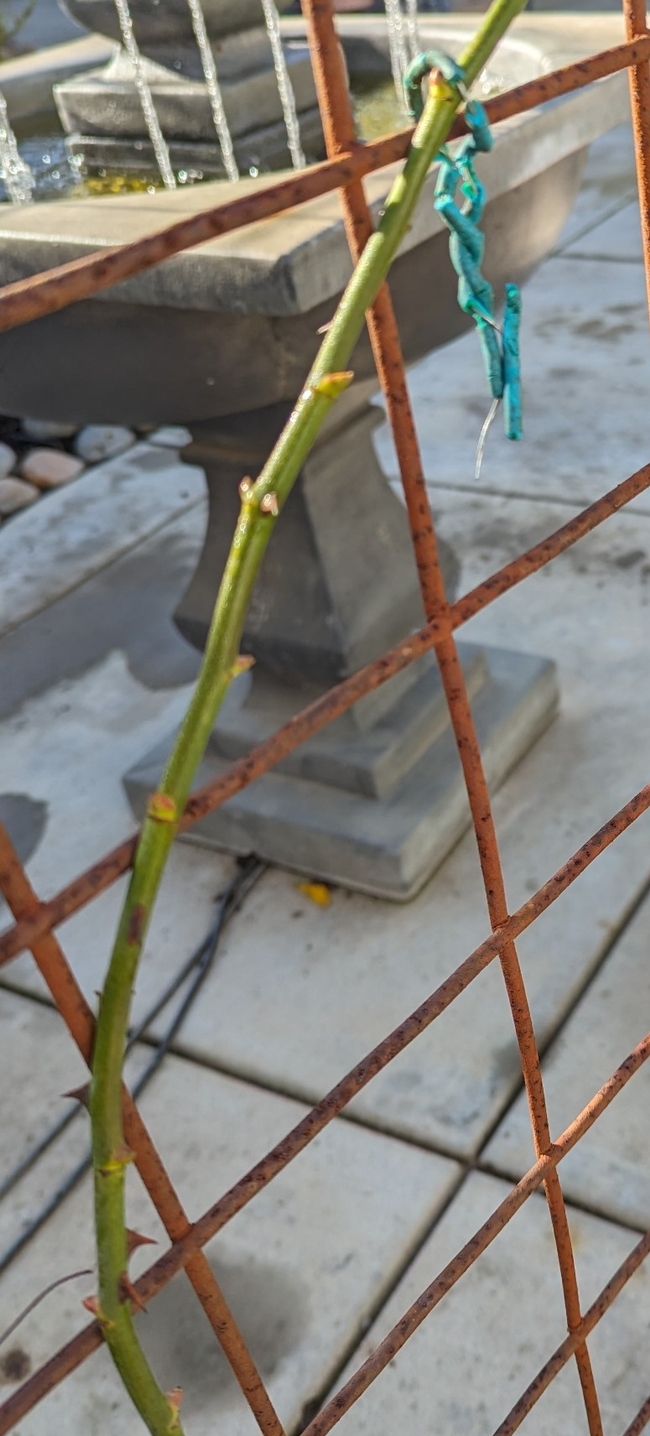

Climber and rambling rose canes should be tied to a structure such as an arbor as close to a 45-degree angle as you can get, without breaking the cane. That angle will stimulate lateral growth and blooms. Tie them loosely. You don't want the tie to girdle the cane.
Now is the time to clean up around your rose bush. Make sure you have removed all of the leaves off of the stems and dispose of them properly. Removing the leaves helps prevent over-wintering spores of a fungal disease to re-infect the rose.
Rambling roses are climbing roses that bloom only once in the spring/early summer (but oh, what a display!). Prune them lightly after they have finished blooming. If you prune them later, you will be pruning off next year's flowers.
When your roses start to put out new growth and that growth is about 2 inches long, it is time to fertilize. I use a good organic rose fertilizer, or alfalfa meal (not alfalfa pellets), and compost. Sometimes our alkaline soil doesn't allow the rose bush to utilize the iron in the soil. This causes the rose leaves to look whitish instead of green. That means that your rose needs extra iron. There are lots of good iron plant supplements (not the kind you take!) in the marketplace. You may need to feed that iron supplement to the rose, if the leaves overall are a light, whitish green. Check your soil with a good soil test to see if this is necessary. Don't add fertilizer and supplements just to add them. More is NOT better for the rose, and it can be bad for the environment as well. Just use what your rose needs.
I also mulch around my roses. Put a good 3-inch layer of mulch around the drip line of the rose and not next to the canes. That will help to save water and keep your roses cooler in the summer. You will also have to weed less! A bonus! That mulch will eventually break down and enrich your soil. Another bonus!
Assess the irrigation system to make sure it is in good working order. If you follow the steps above, in about 8 to 10 weeks you will be rewarded with beautiful blooms.
Rose of the Month — Flamingo Dancer
Earlier in the article, I showed you a climbing rose that had been pruned. Here is what it looks like in the spring. This rose, called Flamingo Dancer, is one gorgeous rose that tolerates our soil and weather conditions beautifully. It also makes a lot of hips in the fall (great for tea if you don't use insecticides). Because it's a semi-double flower rose, the bees find it irresistible. It's great for our pollinators! Flamingo Dancer was bred by Burling Leong, who has her own nursery in Visalia, Calif. Burling has bred several amazing roses. Her nursery is a beautiful place to visit. She worked for many, many years for the famous rose breeder Ralph Moore (whose nursery was also in Visalia).
Until next time . . . Life is not always going to be roses and rainbows. You are going to have uncomfortable moments. It's what we do with those moments that is going to count and determine our destiny. - Lana
- Author: Ben Faber
From Tim Spann, Spann Ag Research & Consulting
Use Sharp Tools in order to make Clean Cuts
Follow 3-Cut Method for larger branches
Whitewash with more extensive pruning
Watch the Weather
And Don't Apply Pruning Paint
Pictured: 3-Cut Method

- Author: Michael Hsu
Wet winter, El Niño create favorable conditions for aerial Phytophthora pathogen
With heavy rains in the forecast amid strengthening El Niño conditions, almond growers should be on the lookout for a rare disease that can cause severe damage to their orchards, according to Florent Trouillas, a University of California Cooperative Extension specialist in fruit and nut pathology.
Phytophthora, soilborne microorganisms dubbed “water molds” because of their dependence on water, typically cause root and crown rot at the base of trees. But a few aerial Phytophthora can travel upwards and infect the higher parts of the tree. One species – Phytophthora syringae – is drawing special attention due to an unprecedented outbreak last winter, fueled by the atmospheric rivers that lashed California.
“It was found statewide – meaning in every almond-producing county – and disease incidence in orchards ranged from 10% of the trees infected to 75%,” said Trouillas, a UC Davis plant pathologist whose lab is based at UC Agriculture and Natural Resources' Kearney Agricultural Research and Extension Center in Parlier.
Trouillas and his colleagues, UC Davis graduate student Alejandro Hernandez and UC Riverside plant pathology professor Jim Adaskaveg, recently published a detailed online article describing the pathogen, which can infect a range of crops but mainly impacts almonds in California.
Although it doesn't kill the tree, the disease causes branch dieback that requires significant additional work and expense for almond growers. In 2022, almonds were the state's fourth-highest valued commodity, at $3.52 billion.
During last year's aerial Phytophthora outbreak, researchers also observed a new and troubling phenomenon: P. syringae, historically known to attack the cuts caused by pruning, was directly infecting the young shoots on almond trees – without any wounds.
“This was really the first time we had seen widespread evidence of infection on the twigs,” Trouillas said.
Although generally rare, outbreaks of P. syringae have been traditionally associated with wet El Niño years, according to Trouillas – and recent and persistent rain across the state should have growers on high alert.
Prune in dry weather, monitor, mitigate if necessary
While almond growers tend to prune during the downtime of winter, they should keep an eye on the forecast and aim for a 10- to 14-day window of dry weather to perform those tasks, whether training young trees or maintaining the established ones.
“If growers were to prune around a rain event – before, during or shortly after – this increases the likelihood of infection because this pathogen moves around with water,” Trouillas explained.
Researchers speculate that P. syringae, normally found in the soil, gets carried into the upper parts of a tree through strong winds and heavy rain. Alternatively, harvest processes like shaking and sweeping also produce air movements that may blow the microorganism into the canopy, where it waits for a favorable wet environment. The pathogen then attacks the wounds or young shoots, producing characteristic cankers and gumming.
The patterns and colors of the gum balls are keys to diagnosing an infection of this particular aerial Phytophthora. Starting around bloom time (mid-February), growers should monitor pruning wounds and young shoots on their trees, especially in the canopy, for signs of the disease.
The unique coloration of the gum balls – ranging from gold and amber to dark burgundy to bright red (see photos) – generally indicates P. syringae infection. But growers are urged to contact their local Cooperative Extension advisor for confirmation.
“It is super critical for growers that, whenever they see gumming, not to assume that it is this aerial phytophthora, because there are many other diseases that can cause gumming on the tree,” Trouillas said.
If the diagnosis is confirmed, growers may apply a compound that can mitigate the infection. The plant pathologists' recent writeup describes several curative treatment options, as well as a preventive measure that reduces the amount of pathogen in the soil and thus the likelihood of infection.
For more information on the pathogen's history and biology, as well as various options for disease management, visit the article on Sacramento Valley Orchard Source: https://www.sacvalleyorchards.com/almonds/trunk-soil-diseases/aerial-phytophthora-outbreaks-in-wet-years.
- Author: Help Desk Team
The answer is YES! And it is easy!
If you prune, your rose flower bushes will
• Be larger
• Have more flowers
• Will be more balanced and fuller
• And the health of your plant improved!
Most roses need to be pruned only once a year. All types of rose bushes benefit from pruning and if roses are not pruned regularly, they deteriorate in appearance and flowers will become smaller.
When to Prune?
Most roses should be pruned when they are dormant. In this area of California, roses are generally dormant between December and February and anytime in that time frame is fine.
Objective
The pruning objective is to work toward an open, airy, well-shaped and balanced V-shape cane structure.
What you will need
• A pair of sharp, clean pruning shears
• A pair of clean long-handled lopping shears
• Thick gauntlet gloves to protect your hands from the thorns
• A small hand saw for larger cuts
• Alcohol and a cloth for cleaning your tools
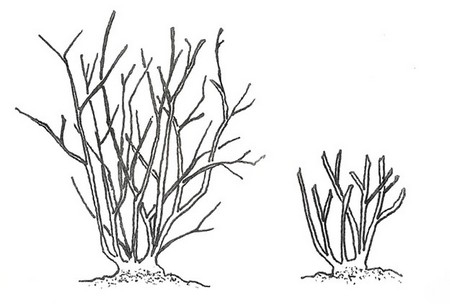
How to approach the task
These pruning practices pertain to all garden roses regardless of type:
• Use your loppers to cut off the top one third to one half of the plant to better see its structure.
• Clear the area underneath the plant from all leaf and other organic debris to expose the crown/canes and sucker origins.
• Make your pruning cuts with your shears at a 45 degree angle about 1⁄4” above an outward facing bud. The angle should slope away from the bud. A cut made at this point will heal rapidly and water will drain away from the bud.
• Remove all dead, broken or damaged canes down to the crown.
• Undesirable canes have discolored pith or hollow centers indicating disease, insect or weather damage.
• Remove any crossing canes keeping the best looking ones.
• Remove spindly canes (smaller in diameter than the size of a pencil).
• Remove any suckers. These are extra vigorous shoots arising from rootstock below the bud union.
• Suckers should be removed completely, not just clipped off where they emerge from the soil. This can be done by moving the soil away from the trunk until you can see where the sucker is connected to the trunk. Grab ahold of the sucker close to the trunk and pull downward to break it off.
• Choose 3–6 strong, healthy, outside canes per plant to keep and leave 3–5 buds on each cane.
• Remove EVERY leaf from the newly pruned bush as diseases and insects tend to over winter in old leaves.
• Consider applying an insecticidal soap or horticultural oil after pruning and while roses are dormant. Soaps and oils smother overwintering scales and insect eggs and are least harmful to beneficial insects. A good time to apply is when no rain or fog is expected within a day.
• Shape your rose bushes as they grow. Keep the branches balanced and the centers open for airflow.
General pruning techniques for various types of roses
Hybrid Tea, Grandiflora, and Floribundas Roses
• Cut back between one third and one half of the previous year's growth on all the canes you plan to keep (4 to 7 canes). The average pruning height for Floribundas and Hybrid Teas is between 12 and 18 inches, but taller growing Hybrids and most Grandifloras may be left at 2 feet. For most hybrids this means leaving between 5 to 10 buds per cane.
Miniatures Roses
• Miniature roses are 6 to 12 inches high, with tiny blooms and foliage. Miniature roses do not need special pruning. Just cut out dead growth and remove the hips.
Rambler Roses
• Old-fashioned Rambler roses have clusters of flowers, each usually less than 2 inches across. They often produce canes 10 to 15 feet long in one season. Rambler roses produce best on one-year-old wood, so this year's choice blooms will come on last year's growth. Prune immediately after flowering. Remove some of the large old canes. Tie new canes to a support for the next year.
Climbing Roses
• Large-flowering climbing roses have flowers more than 2 inches across, borne on wood that is 2 or more years old. Canes are larger and sturdier than those of Ramblers. Many flower just once in June, but some, called ever-blooming climbers, flower more or less continuously. Often this group is pruned in the autumn, any time before cold weather sets in. First cut out dead and diseased canes. After this, remove 1 or 2 of the oldest canes each season to make room for the new canes. The laterals, or side shoots, are shortened 3 to 6 inches after flowering. If the plant is strong, keep 5 to 8 main canes, which should be tied to the trellis, fence, wall, or other support. If it is not strong, leave fewer canes.
Link for rose pruning video: https://ucanr.edu/blogs/blogcore/postdetail.cfm?postnum=16947
See this UCIPM site for more information on rose care:
https://ipm.ucanr.edu/PMG/GARDEN/PLANTS/rose.html
Help Desk of UC Master Gardener Program of Contra Costa County (PDS)

